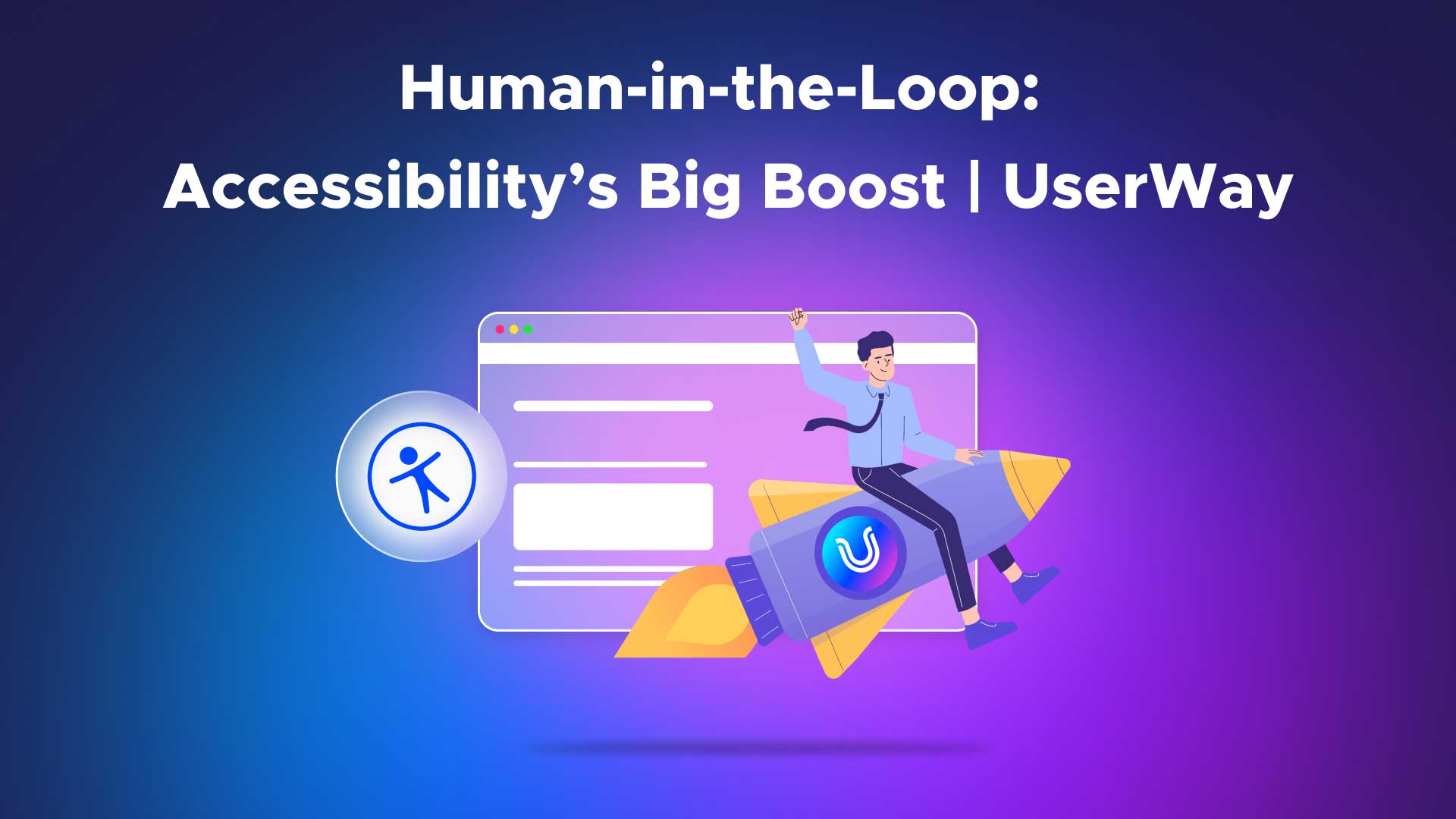Human-In-The-Loop: How Human Influence Improves Tech Automation

Machine learning and artificial intelligence (AI) are increasingly integral to our daily lives. Music streaming services predict your favorite tunes and create song lists based on your current library of downloads. Cars make critical autopilot decisions. There are even smart kitchen appliances connected to the web. Yet, the gulf between people and technology can create a frustrating user experience, and that’s where human-in-the-loop can make a positive impact.
We start with a deeper definition of this crucial union of human thinking and machine-driven tech.
What is Human-In-The-Loop?
What’s often missing is the human element that better connects end users to the ever-present technology. As such, human-in-the-loop aims to help machines think more like humans while retaining their inherent automated powers. Through decision-making, information-gathering, and broadcasting, human in the Loop uses AI to create efficient machine-learning models. And AI uses collected data to test and improve algorithms.
Consider CAPTCHA, which tests human-ness with images containing human-recognizable objects, such as bicycles, in various settings. Humans can easily pick up these items based on visual pattern recognition. But machines must see many different pears from multiple angles and colors. Maybe a device can understand the basics of an image, but humans specialize in spotting a vast range of variables. Machines that follow human recognition patterns to understand image complexities learn better overall pattern recognition.
Here’s how it works:
1. Human-driven data gives the AI tech high-quality training data that improves machine-based predictive accuracy.
2. Real people then score the resulting data, which offers feedback to the model, further improving accuracy and performance.
3. Developers or data scientists test and validate models by scoring outputs and identifying errors. By correcting overly confident algorithms on an incorrect decision or uncertain judgment, efficiency improves exponentially.
4. As a result, this process is a positive continuous feedback loop, resulting in a smarter, more confident, and more accurate AI model that’s easier to use for everyone.
5. Human-in-the-loop simulators enable people to change a learning system’s output. Human input and influence are critical to the simulation outcome and help create reproducible results.
Examples of human-in-the-loop include:
- Autonomous vehicles get smarter by observing more humans at the wheel
- Smart devices gain intelligence with each human voice command
- Search engines get smarter by observing sites people choose with every keyword search
Benefits of Human-In-The-Loop
Human-in-the-loop technology combines the best of human and machine intelligence. Machines excel at decision-making for large datasets, while humans are more efficient with narrowly focused information.
Our unique human advantage creates better AI by improving datasets. An image dataset labeled by humans teaches a machine to see these items more clearly. With every added instance of new data and fine-tuning, machine algorithms begin to see images more rapidly and become increasingly confident in their accuracy.
The harmonious relationship between people and artificial intelligence has several benefits, including:
- Ensuring Accuracy: The algorithm becomes more accurate and consistent with continual human-driven fine-tuning that tests the model’s reactions to various scenarios. However, automated analysis is only possible to a certain degree. AI can overlook content that needs flagging (false positives) and incorrectly call out harmless content (false negatives). Humans are essential in content moderation as they can interpret things in context and multilingual text and consider local markets’ cultural, regional, and socio-political nuances.
- Enhancing Data Collection: Machine learning models usually need large data sets to succeed. Human-in-the-loop produces reliable data that helps ensure accuracy.
- Decreasing Bias: AI programs developed by humans based on historical data can contribute to societal inequality and even negative stereotypes. Human-in-the-loop can find and eliminate these biases early.
- Increasing Efficiency: Machine intelligence saves substantial time and cost by sorting through and distilling huge data sets.
So, how can human-in-the-loop contribute to greater inclusivity for people of all ability levels?
Human-In-The-Loop And Digital Accessibility
Integrating accessibility at the initial product lifecycle makes your website or app easier for end users with and without disabilities. And an in-house approach to digital accessibility can be cost-prohibitive and strain organizational resources. But this challenge also presents a terrific opportunity to use human-in-the-loop technology. One option is to manually and periodically scan your products for accessibility-related issues. Your website, after all, is the face of your business, and everyone should be able to access and use it equally.
Read on to learn how UserWay puts human-in-the-loop at the forefront of its AI-powered tech.
Humans Are Always In-The-Loop At UserWay
More than one billion people around the world live with disabilities. UserWay’s technology and support systems make all websites more accessible to these global citizens, who comprise the most significant minority in the world. The AI-Powered Widget automates web accessibility compliance for organizations from every known market sector. This kind of automation isn’t possible without real human thinking and ongoing human support to maintain quality.
Begin with a dedicated accessibility expert, or get started with a free UserWay trial.
Answers to Common FAQs
Why Is Human-In-The-Loop Important?
Because it accomplishes what humans and machines can’t do independently, humans must get involved when devices can’t find solutions. These efforts result in an uninterrupted feedback loop.
What Can Human-In-The-Loop Do?
It enables end users to impact the results of events or processes. This human interaction benefits training, empowering trainees to engage with critical circumstances and functions. This human involvement positively transfers acquired skills into the real world.
What Can Human-In-The-Loop Teach Us?
This error learning process may be structured as follows: (1) we decide based on our knowledge. (2) We receive a machine prediction inconsistent with our knowledge, leading to more efficient and accurate decisions. (3) We recognize potential errors in our decision-making.




Share